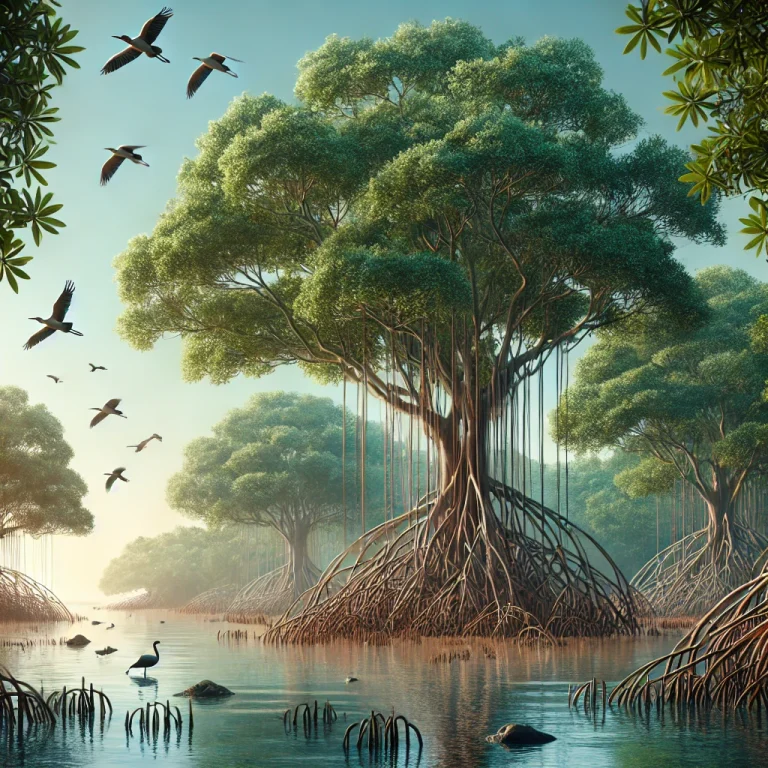
Gujarat has taken the lead in India’s mangrove afforestation efforts, covering 19,020 hectares in just two years under the MISHTI (Mangrove Initiative for Shoreline Habitats and Tangible Incomes) scheme.
What is the MISHTI Scheme?
Launched in 2023 by the Central Government, the MISHTI scheme aims to expand mangrove forests across coastal states and union territories. The initiative focuses on environmental protection, coastal ecosystem restoration, and strengthening local livelihoods.
Gujarat’s Success in Mangrove Conservation
Gujarat has emerged as the national frontrunner in mangrove plantation, aligning with the vision of ‘Viksit Gujarat to Viksit Bharat’. Forest and Environment Minister Mulubhai Bera highlighted the state’s commitment to sustainable development and climate resilience.
Mangrove Distribution in Gujarat
Gujarat’s mangrove ecosystem is strategically spread across key coastal regions:
- Kutch Region – Largest mangrove coverage at 799 sq. km
- Gulf of Kutch – Home to the Marine National Park and Wildlife Sanctuary, covering 236 sq. km across Jamnagar, Rajkot (Morbi), Porbandar, and Devbhoomi Dwarka
- Central & Southern Belt – Includes Bhavnagar, Ahmedabad, Anand, Bharuch, Surat, Navsari, and Valsad, covering 134 sq. km (including the Gulf of Khambhat and Dumas-Ubhrat regions)
- Saurashtra Region – Covers Amreli, Junagadh, and Gir-Somnath, with 6 sq. km of mangrove forests
Why Are Mangroves Important?
Mangrove forests play a vital role in coastal protection and biodiversity conservation. They:
✔ Prevent coastal erosion
✔ Act as a buffer against cyclones and tidal waves
✔ Support fish breeding and marine biodiversity
✔ Reduce soil salinity and protect agricultural lands
✔ Store carbon, helping fight climate change
Gujarat’s Record Achievement Under MISHTI
Under the MISHTI scheme, the Indian government has set a target to plant 540 sq. km of mangroves within five years. Gujarat has already covered 190 sq. km in just two years, demonstrating its strong commitment to environmental sustainability.
With a 1,650 km-long coastline, Gujarat continues to lead India in ecological conservation, promoting mangrove forests, coral reefs, and seagrass restoration for a sustainable future.